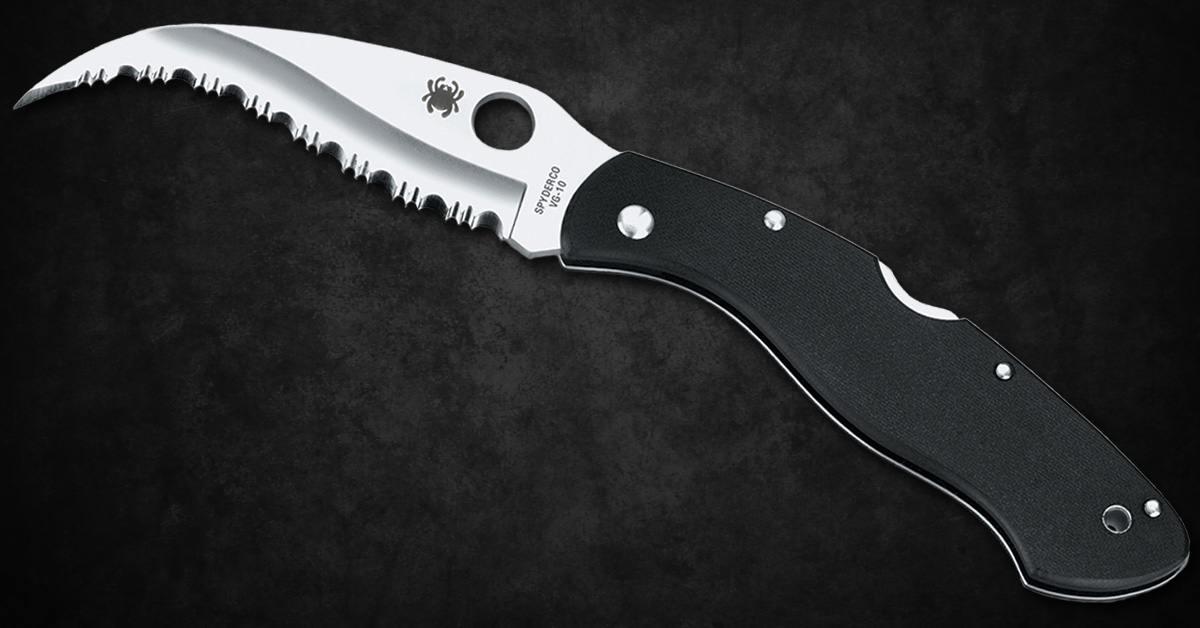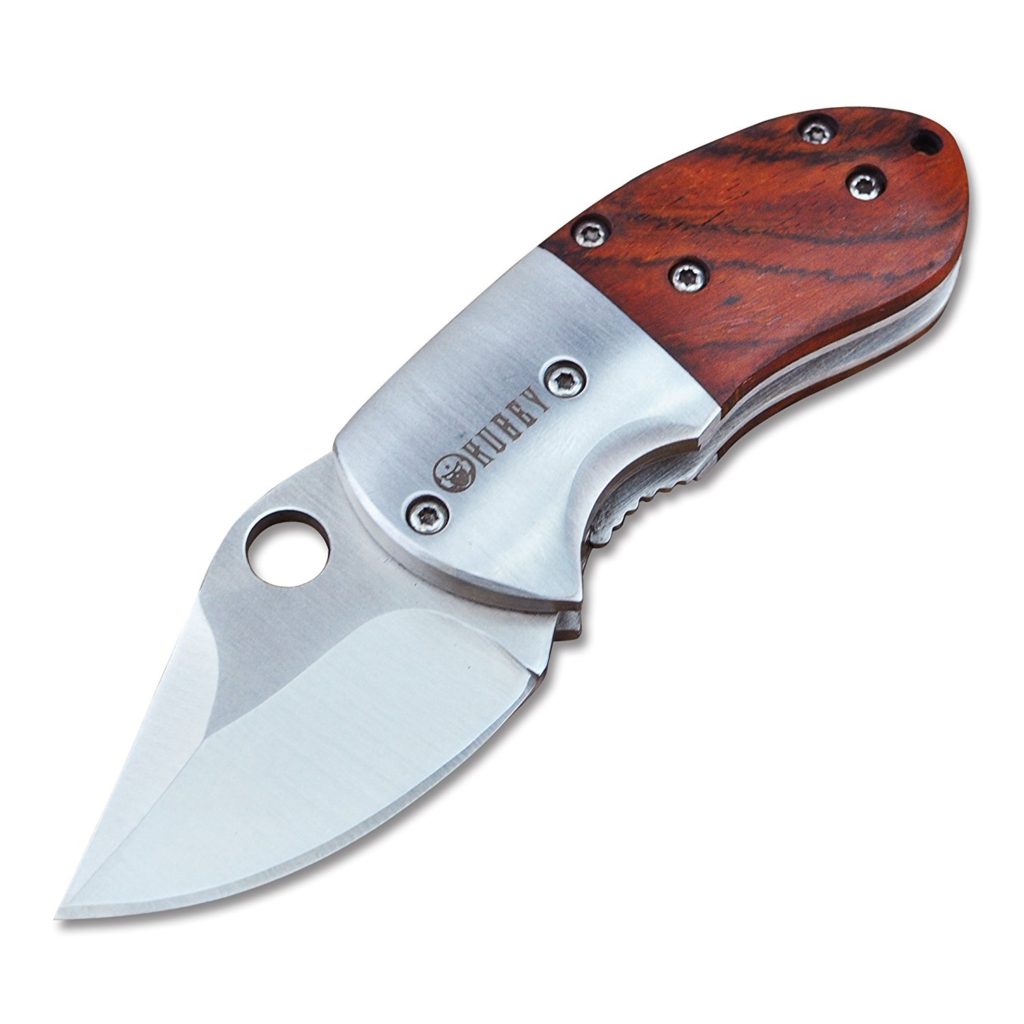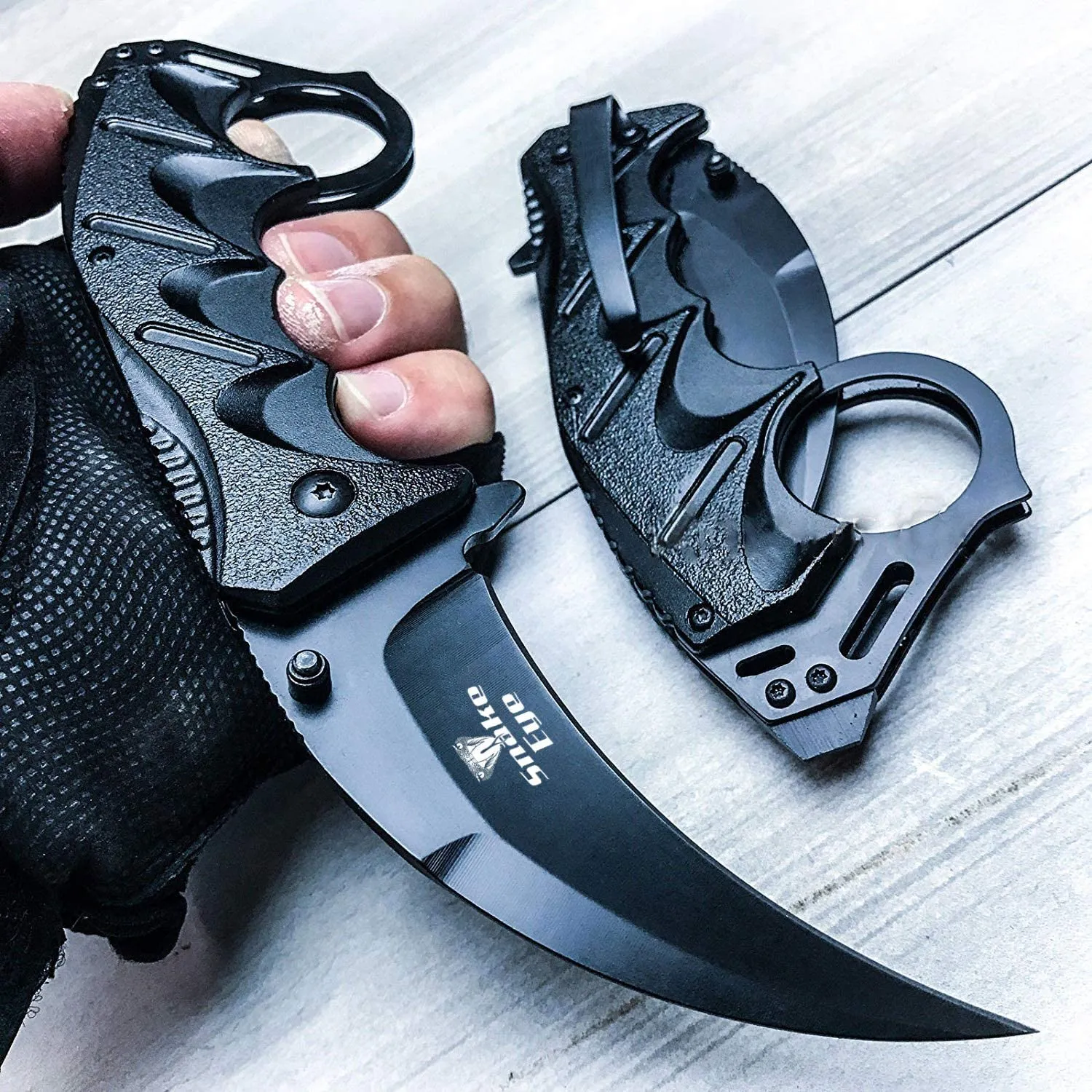I. Introduction

A. Importance of personal safety and self-defense
In an unpredictable world, personal safety is of utmost importance. From walking alone at night to encountering potential threats, being able to defend oneself is an essential skill. Learning and practicing self-defense techniques can provide individuals with the confidence and abilities needed to protect themselves in dangerous situations.
B. Introduction to pocket knives as versatile self-defense tools
When it comes to self-defense tools, pocket knives have been a popular choice for centuries. With their compact size, convenience, and versatility, pocket knives offer individuals a discreet and effective means of protection. Whether it’s for cutting, stabbing, or creating distance, pocket knives can be valuable assets in self-defense scenarios.
C. Overview of the article’s content
In this article, we will delve deeper into pocket knives as self-defense tools. We will explore their history and evolution as defensive implements, highlighting their unique advantages in various self-defense situations. Additionally, we will guide readers on how to choose the right pocket knife for self-defense purposes, discussing blade types, considerations for legality, handle materials, ergonomics, deployment mechanisms, and additional features for self-defense.
II. Pocket Knives for Self-Defense

A. Understanding the role of pocket knives in self-defense
- Brief history and evolution of pocket knives as defensive tools
Pocket knives have a long and storied history as tools for self-defense. Dating back to ancient civilizations, pocket knives were initially created for everyday tasks but quickly became necessary tools for protection. Over the years, these knives evolved in design, shape, and materials to enhance their defensive capabilities.
- Unique advantages of pocket knives in self-defense situations
Pocket knives possess several unique advantages when used in self-defense scenarios. Their compact and portable nature allows them to be easily carried and concealed, making them readily available when needed. Their versatility in cutting, stabbing, and potentially disabling threats provides individuals with a range of options during confrontations.
B. Choosing the Right Pocket Knife
- Blade types and considerations for self-defense
a. Serrated vs. plain-edge blades
When choosing a pocket knife for self-defense, one must consider the blade type. Serrated blades can provide additional cutting power, allowing for ripping and tearing actions, while plain-edge blades offer cleaner cuts. Understanding the advantages and disadvantages of each can help individuals make an informed decision according to their specific needs.
b. Blade length and legal considerations
Different jurisdictions have varying laws regarding blade length. It is crucial to familiarize oneself with these regulations to ensure compliance. Additionally, the length of the blade can impact the effectiveness of a pocket knife for self-defense purposes. Finding the right balance between legality and functionality is essential.

- Handle materials and ergonomics for a secure grip
A secure grip on a pocket knife is paramount, especially in self-defense situations where control over the weapon is crucial. Handle materials, such as G-10, aluminum, or polymer, offer different levels of grip and durability. Ergonomic designs, with finger grooves and textured surfaces, enhance grip and prevent slippage during use.
- Deployment mechanisms and ease of use
The speed and ease of deploying a pocket knife are vital factors in self-defense situations. Various deployment mechanisms, including thumb studs, flipper tabs, and assisted opening mechanisms, enhance quick access to the blade. Evaluating different deployment options and understanding their pros and cons can help individuals make an informed choice.
- Additional features for self-defense purposes
In certain self-defense scenarios, additional features on a pocket knife can be advantageous. Features such as glass breakers and seatbelt cutters can provide individuals with alternative means of escape and protection. Considering these additional features can provide individuals with added peace of mind and capabilities.
III. Techniques and Training for Effective Pocket Knife Self-Defense
A. Importance of training and proficiency
As with any self-defense tool, training and proficiency are essential when it comes to using a pocket knife effectively. Seeking professional instruction from qualified instructors is highly recommended to learn responsible knife handling techniques. Proper training will not only teach individuals the correct methods but also educate them on the legal and ethical aspects of using a pocket knife for self-defense.
During training, safety should always be the top priority. Participants should be taught how to handle a pocket knife safely, emphasizing proper grip and control. Additionally, instructors should emphasize the importance of practicing in a controlled environment with the use of protective gear to minimize the risk of accidents or injuries.

B. Essential Techniques for Pocket Knife Self-Defense
- Basic grip and stance for optimal control
A secure grip is crucial for maintaining control of a pocket knife during a self-defense situation. The most common grip is the forward grip, where the knife handle is held firmly in the hand, with the blade facing forward. This grip provides stability and accuracy during strikes.
Maintaining a proper stance is equally important. A balanced and stable stance allows individuals to move effectively while deploying the pocket knife. The feet should be shoulder-width apart, with the non-dominant foot slightly forward for stability.
- Defensive techniques against various attacks
Pocket knives offer a range of defensive techniques against different types of attacks. Understanding the target areas and vital points to focus on can help maximize the effectiveness of these techniques.
When faced with slashes or cuts, individuals should aim for sensitive areas such as the face, neck, and arms of the assailant. Quick, controlled movements with the pocket knife should be directed towards these areas to disable the attacker and create opportunities to escape.
In situations involving stabs or thrusts, individuals should target vital points such as the chest, abdomen, or legs of the attacker. This can help incapacitate the assailant and de-escalate the threat.
It is important to note that self-defense should always prioritize minimizing harm while neutralizing the threat. The goal is to disable the assailant and create an opportunity to escape rather than causing unnecessary harm.
C. Legal and Ethical Considerations
- Understanding local laws and regulations
Before utilizing a pocket knife for self-defense, individuals must be aware of the laws and regulations regarding carrying and using knives in their jurisdiction. Different areas have varying restrictions on blade lengths, concealed carry, and the use of knives for self-defense. Knowing and abiding by these laws is essential to avoid legal consequences.
- Ethical responsibility and proportionate response to threats
Alongside the legal considerations, individuals should also understand their ethical responsibilities when using a pocket knife for self-defense. It is crucial to respond to threats proportionately and only use the necessary force to neutralize the attacker. Ensuring the safety of oneself and others should always be the primary focus.

IV. Pocket Knife Maintenance and Care for Self-Defense Readiness
A. Importance of proper maintenance and upkeep
To ensure the readiness and reliability of a pocket knife for self-defense, proper maintenance and upkeep are vital. Regular cleaning and lubrication should be performed to prevent rust, debris build-up, and blade deterioration. This upkeep helps to maintain the knife’s functionality and extends its lifespan.
B. Carrying and Access Methods
- Concealment options and considerations
When carrying a pocket knife for self-defense, individuals should consider concealment options that ensure discreet and easy access. Various options, such as pocket clips, sheaths, or holsters, can be used to securely carry the knife while keeping it hidden from view. Understanding the local laws regarding concealed carry is essential to avoid legal issues.
- Quick and safe access techniques in high-pressure situations
In high-pressure self-defense situations, quick and safe access to a pocket knife can be crucial. Practicing efficient and reliable access techniques, such as the palm roll or thumb flick, can significantly reduce response time when every second counts. Regular training and practice are necessary to develop muscle memory and ensure smooth access to the pocket knife.
By understanding the importance of training, learning essential techniques, considering legal and ethical responsibilities, and maintaining the pocket knife correctly, individuals can optimize their self-defense readiness with a pocket knife. Remember, responsible and proficient use of a pocket knife is essential for personal safety and self-defense.


